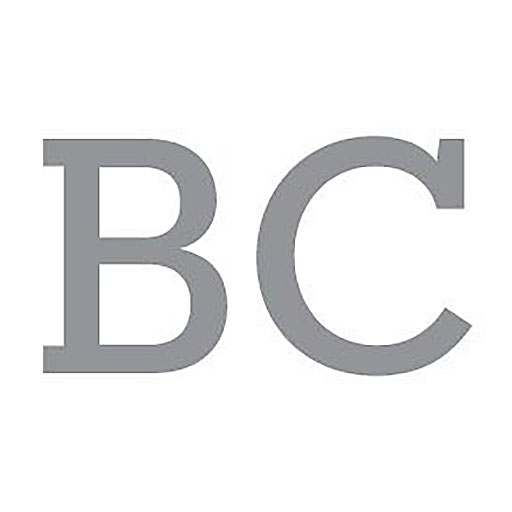Trail Maintenance: A Physical Therapist’s Guide to Post-Hike Recovery
Hiking can be an incredibly rewarding activity. It’s great for cardiovascular training and mental health. But sometimes if you go too hard (or climb too high), it can result in muscle and joint soreness the following day or two. Bellevue Club physical therapist and avid hiker Dr. Vanessa Kopaniak gave us tips and tricks for staying healthy and happy before, on and after the trails.
THREE PRE-HIKE STRETCHES
Quadriceps Stretch (front of thigh)
- Use a tree or your car for balance, and stand tall on one leg.
- Grab the ankle of the opposite leg and bring the heel toward your glutes until you feel a comfortable stretch in the front of your thigh.
- Ensure the knee stays pointed at the ground (and does not travel forward) as you pull the heel back.
- Hold stretch at comfortable intensity for 20 seconds.
- Repeat the stretch two to three times on each leg.
Hamstrings Stretch (back of thigh)
- Place your foot/heel on the car bumper or a nearby log with knee straight
- Hinge forward at your hips, keeping the back straight, until you feel a comfortable stretch in the back of your thigh/knee.
- Hold the stretch at comfortable intensity for 20 seconds.
- Repeat the stretch two to three times on each leg.
Gastrocnemius Stretch (back of lower leg)
- Stand near a tree or car, and place your hands on it for stability.
- Stagger your legs, one in front of the other.
- Keep your back heel down and back knee straight, with both feet pointing forward.
- Gently lunge forward until you feel a comfortable stretch in the gastroc muscle of the back leg.
- Hold stretch at comfortable intensity for 20 seconds.
- Repeat the stretch two to three times on each leg.
DEALING WITH DOMS: POST-HIKE SORENESS
- Delayed onset muscle soreness, commonly known as DOMS, is muscle soreness following relatively intense exercise that causes pain and discomfort, which peaks between 24 and 72 hours following exertion.
- Though the feeling is unpleasant, DOMS is often a positive sign that exercise and training was effective and muscles are recovering into a stronger state. DOMS typically improves on its own within a few days to a week.
- Moderate intensity massage (manual, foam roller, muscle roller stick, etc.) can be an effective treatment for reducing the associated stiffness and pain from DOMS. When applied within two hours after activity, it can lessen the inflammatory response in recovering muscles.
Who Can Benefit from Physical Therapy?
Physical therapy is geared toward optimizing human movement. Treatment is multifaceted and works toward enhancing mobility, alleviating pain, restoring function and safeguarding against potential disability and mobility issues before they manifest. It is grounded in scientific evidence and can help address a broad range of orthopedic conditions, sports-related injuries and other muscle, bone and joint conditions, in addition to treating neurological conditions and balance or unsteadiness on the feet.



